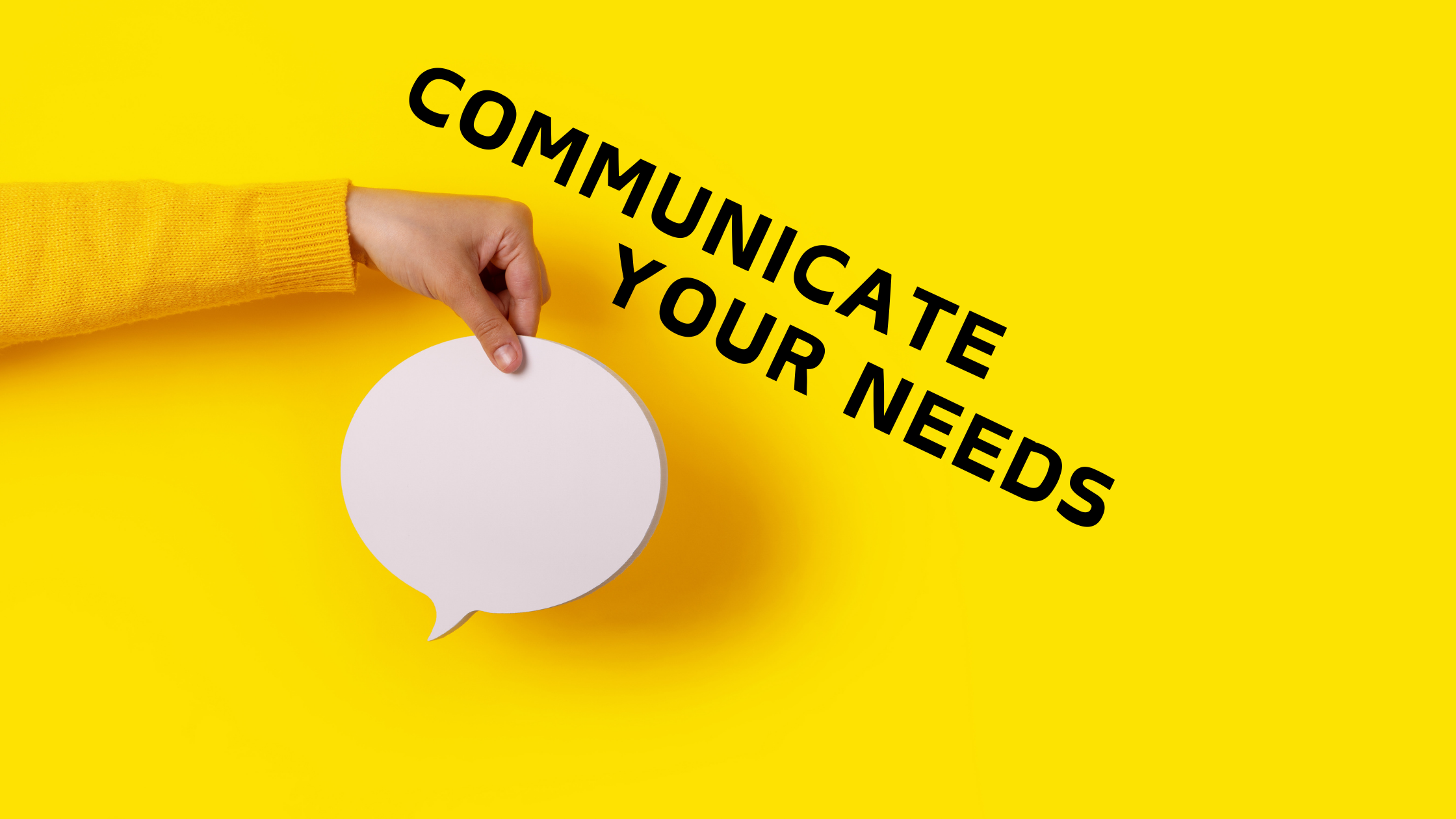Comfort to pressure
Communication is key to a great massage. Your massage therapist wants you to be comfortable and enjoy your session. This means being sure to communicate any adjustments that can be made to ensure your comfort.
One of the most important things that needs to be communicated is the comfort of pressure. Everyone’s body has a different response and preference to the amount of pressure used during a massage. To ensure comfort, a therapist will usually check in when working with a client, asking throughout the session if they need adjustments to the pressure. And since different areas of the body respond to pressure differently, check in and adjustments to pressure may be needed throughout the massage.
This constant checking-in can be very disruptive to clients that are deeply relaxed. Talking during a session forces the brain to become more conscious in order to process and respond. For this reason, I rarely check in with clients for comfort once the massage has started, unless I notice the body tensing in response to the work. That means I place a lot of trust and responsibility on the client to communicate with me if any adjustments are needed. I encourage all of my clients to advocate for themselves to ensure they receive the best massage possible.
Additional adjustments
In addition to pressure, these are key points of comfort you can communicate:
- Discomfort/Pain: It is absolutely important to communicate discomfort or pain to your therapist. Pain is a warning from your body and should not be ignored by you or your massage therapist. Adjustments can be made to the techniques to decrease the intensity of the work and increase comfort, often without impacting the therapeutic effectiveness. There are some types of therapy where discomfort/pain is to be expected and is part of the process, but this should be something both the therapist and client are aware of before the session starts.
- Techniques: It is absolutely okay to not like a specific massage technique. If you don’t like something, just tell me! If you don’t like something, I don’t want to do it. I will never be offended and will remove that technique from your massage.
- Positional comfort: If you body is not comfortable in the position you are in, please let your therapist know. The face cradle can be adjusted to improve neck comfort. Towels, pillows and bolsters can be used to position your body more comfortably. Side lying or sitting upright are also an options for people not comfortable in traditional massage positions.
- Temperature: Temperature of the table can be adjusted, blankets added or removed.
- Lighting
- Music/sounds
Please tell your therapist if any of these adjustments can be made for you. They will be grateful for the communication and opportunity to provide a better service. So help your therapist give you a better service by speaking up and advocating for your needs.


